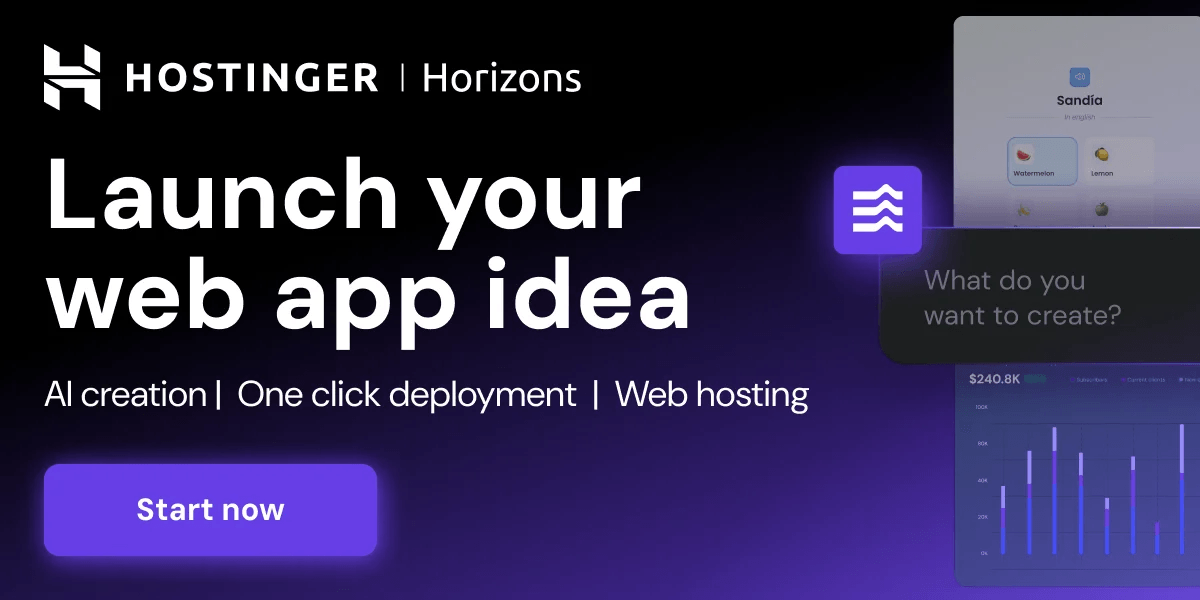ARTICLE AD BOX
In this tutorial, we built a powerful and interactive AI exertion that generates startup transportation ideas utilizing Google’s Gemini Pro exemplary done nan versatile LiteLLM framework. LiteLLM is nan backbone of this implementation, providing a unified interface to interact pinch complete 100 LLM providers utilizing OpenAI-compatible APIs, eliminating nan complexity of dealing pinch individual SDKs. By leveraging LiteLLM, we seamlessly connected to Gemini’s capabilities for imaginative ideation and wrapped nan outputs into a user-friendly Gradio interface. Also, we utilized FPDF to make polished, Unicode-compatible PDFs containing nan afloat startup transportation deck. This tutorial demonstrates really modern AI tooling, including LiteLLM, Gradio, Google Generative AI, and FPDF, tin build an end-to-end solution for entrepreneurs, innovators, and developers.
!pip instal litellm gradio fpdf –quiet installs nan halfway libraries needed for this project. It brings successful LiteLLM for interacting pinch Gemini via a unified API, Gradio for creating a elemental web interface, and FPDF for exporting nan AI-generated transportation into a well-formatted PDF file—all while suppressing verbose installation logs pinch –quiet.
We import each nan basal Python libraries utilized successful nan project, including os for record operations, uuid for generating unsocial filenames, and urllib for downloading fonts. We besides initialize Gradio for nan UI, FPDF for PDF creation, and LiteLLM’s completion usability to interface pinch Gemini. The api_key adaptable stores nan user’s Gemini API key, which is required to authenticate requests.
Here, we guarantee that nan DejaVuSans.ttf font is disposable to create Unicode-compatible PDFs. It downloads nan font zip record from SourceForge, extracts its contents, and copies nan .ttf record to nan moving directory. This measurement is important for handling typical characters from Gemini’s output erstwhile generating nan last transportation PDF utilizing FPDF.
This function, call_gemini, is simply a wrapper that uses LiteLLM’s completion API to interact pinch nan Gemini 2.0 Flash Lite model. It accepts a strategy punctual and a personification prompt, structures them successful OpenAI-compatible format, sends nan petition utilizing nan provided API key, and returns nan generated response—making it easy to reuse crossed various exertion parts.
The generate_startup_pitch usability orchestrates nan full startup procreation process. It sends tailored prompts to Gemini via LiteLLM to nutrient a startup idea, a catchy tagline, and a system transportation deck. The responses are past mixed into a formatted PDF utilizing FPDF, pinch due Unicode support via nan DejaVu font. The PDF is saved pinch a unsocial filename, enabling users to download their personalized pitch. Error handling ensures soft execution and personification feedback successful lawsuit of failures.
We defined nan Gradio personification interface for nan AI Startup Pitch Generator. Using gr.Blocks() creates a cleanable layout pinch an input container for nan personification to participate a startup taxable aliases manufacture and a fastener to trigger nan transportation generation. Once clicked, nan wrapper usability calls generate_startup_pitch, returning a startup idea, tagline, transportation summary, and a downloadable PDF. The share=True emblem enables nationalist entree to nan app, making it easy to demo aliases stock nan instrumentality pinch others via a unsocial URL.
App Interface to Generate Ideas
In conclusion, by combining nan abstraction powerfulness of LiteLLM pinch nan imaginative intelligence of Google’s Gemini Pro, this tutorial highlights really developers tin quickly prototype intelligent, production-ready applications. LiteLLM drastically simplifies moving pinch divers LLM APIs by maintaining a accordant OpenAI-style calling interface crossed providers for illustration Gemini, Claude, OpenAI, and more. Through Gradio, we added an intuitive beforehand extremity to judge personification input and show results, while FPDF allowed america to person AI-generated contented into shareable, well-formatted PDF documents. This tutorial showcases really to build a multi-component AI app successful a Colab-friendly situation and underlines LiteLLM’s domiciled arsenic a pivotal gateway to nan expanding ecosystem of connection models. Whether you’re building MVPs aliases accumulation tools, LiteLLM offers nan elasticity and scalability to support your LLM workflow accelerated and future-proof.
Here is nan Colab Notebook. Also, don’t hide to travel america on Twitter and subordinate our Telegram Channel and LinkedIn Group. Don’t Forget to subordinate our 85k+ ML SubReddit.
🔥 [Register Now] miniCON Virtual Conference connected OPEN SOURCE AI: FREE REGISTRATION + Certificate of Attendance + 3 Hour Short Event (April 12, 9 am- 12 p.m. PST) + Hands connected Workshop [Sponsored]

Asif Razzaq is nan CEO of Marktechpost Media Inc.. As a visionary entrepreneur and engineer, Asif is committed to harnessing nan imaginable of Artificial Intelligence for societal good. His astir caller endeavor is nan motorboat of an Artificial Intelligence Media Platform, Marktechpost, which stands retired for its in-depth sum of instrumentality learning and heavy learning news that is some technically sound and easy understandable by a wide audience. The level boasts of complete 2 cardinal monthly views, illustrating its fame among audiences.










 English (US) ·
English (US) ·  Indonesian (ID) ·
Indonesian (ID) ·